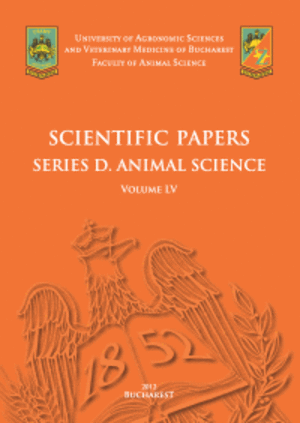Published in Scientific Papers. Series A. Agronomy, Vol. LXVIII, Issue 1
Written by Nicoleta Olimpia CIOARĂ (ANDREI), Amalia Carmen MITELUȚ
Halophyte plants, which thrive in saline environments (non-competitive agriculture areas), have garnered significant attention in recent years due to their potential as a rich source of bioactive compounds. These plants have evolved unique mechanisms to tolerate high salt concentrations, and in the process, they have accumulated a diverse array of secondary metabolites that are chemically and economically significant. Researchers have identified a wide range of bioactive compounds from halophytes, including phenolic compounds, terpenoids, alkaloids, and polysaccharides, each with their own distinct biological activities. These specialized metabolites often serve as osmoprotectants, antioxidants, and signalling molecules in the plants, conferring their characteristic resilience to high-salinity environments. This review synthesizes and examines the academic literature on secondary metabolites generated by halophyte plants.
[Read full article] [Citation]




